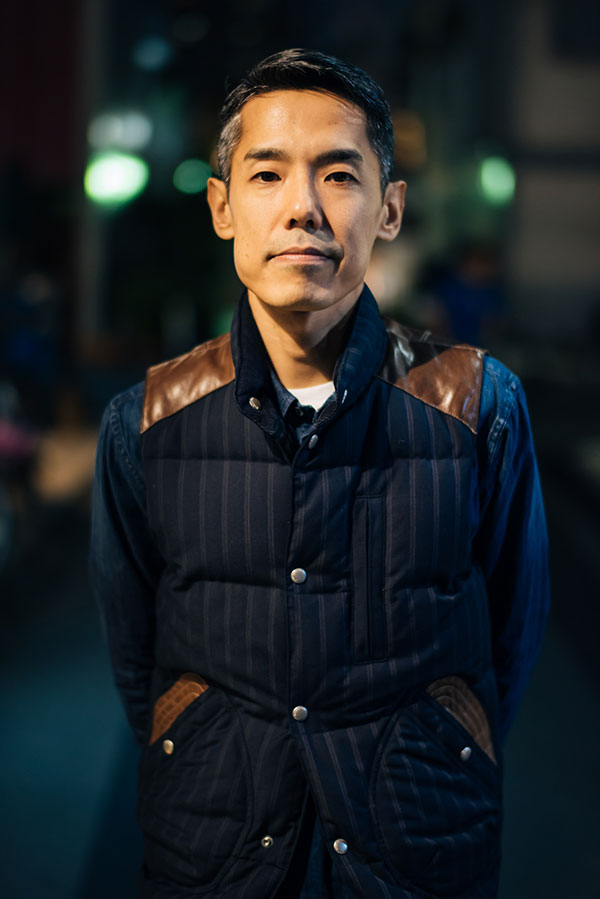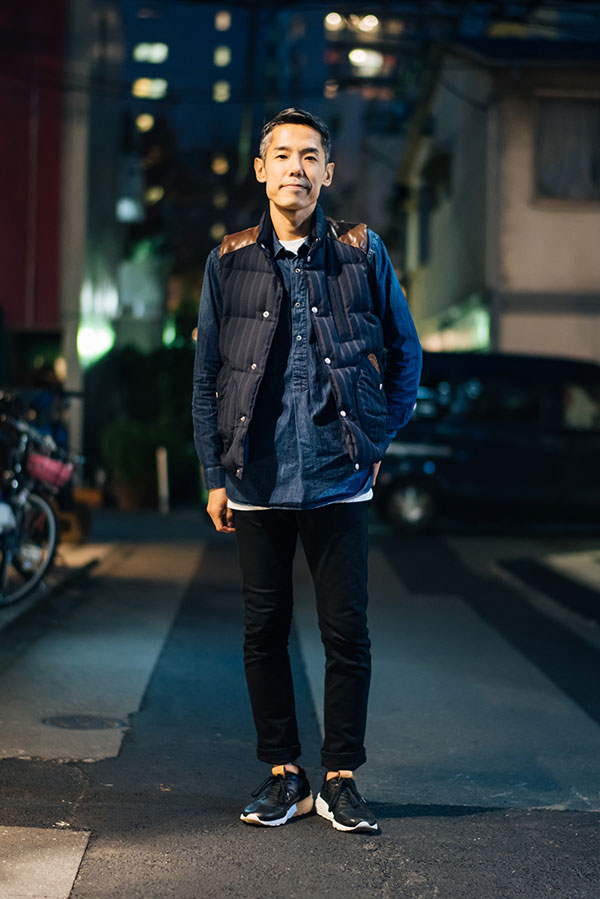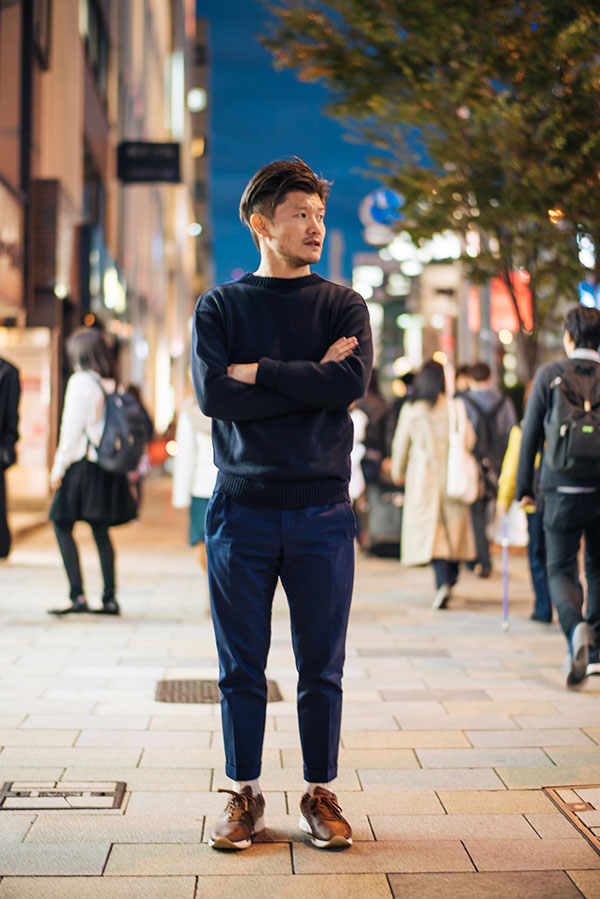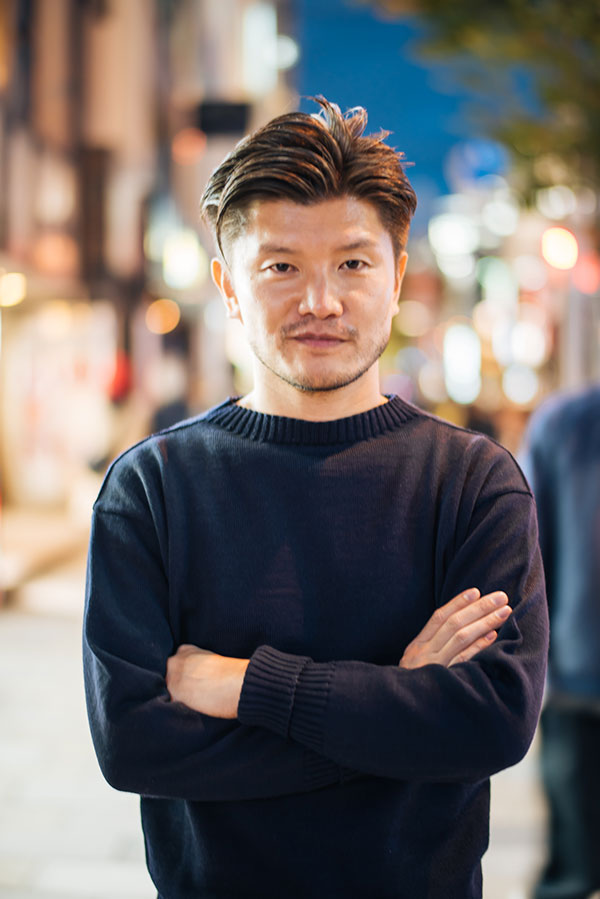New Balance is an anomaly in the respect that it remains independently owned after more than 109 years of production. The last 44 years have been under the ownership and leadership of Jim Davis and since 1977, his wife and Vice Chairman Anne Davis, whom according to their team have maintained a strong sense of tradition within the company and a culture of family amongst staff. New Balance never planned on popularity outside of athletic circles but as it now approaches its 110th year, New Balance is embracing the lifestyle side of its business like never before.
Throughout their staunchly independent history, New Balance has only enjoyed significant presence at the fashion end of the sneaker purchasing scale within the last decade. In many ways NB’s refusal to focus on anything other than its core performance identity earned the brand unintentional credibility amongst an audience of young people who sought to define themselves by not wearing a top three footwear brand. Tetsuya Shono, Senior Category Manager for Global Business suggests that “We are not a fashion brand, we are an athletic brand so we don’t chase the trends. A very stubborn characteristic! Sometimes stubborn characteristics can be unique and even trendy as an element of fashion. I hate to say this but as ‘fashion’ our shoes do not look beautiful, however sometimes as a twist, when we coordinate our sneakers with fashionable apparel that may not look fashionable [initially] but something so unique becomes fashionable, becomes a trend. Perhaps this is why the sneakerheads adopted us.” Unsurprisingly, some of the earliest early-adopters of heritage New Balance footwear were Japanese sneakerheads.

Tetsuya Shono, Senior Category Manager for Global Business Unit New Balance

Notice: Trying to access array offset on value of type bool in /srv/users/serverpilot/apps/acclaim/public/wp-content/themes/acclaim/includes/posts/templates/feature.php on line 58
Notice: Trying to access array offset on value of type null in /srv/users/serverpilot/apps/acclaim/public/wp-content/themes/acclaim/includes/posts/templates/feature.php on line 58
Shinichi Kubota, General Manager for Global Lifestyle New Balance
During Tokyo-based celebrations marking New Balance’s 110th Anniversary recently, General Manager for Global Lifestyle New Balance, Shinichi Kubota discussed the emergence of New Balance within the lifestyle market.
“About twenty years ago we had a huge American fashion trend [in Japan] and the fact that we had a Made In USA product really helped to establish us [NB] within that trend. The fact that we had these pinnacle, high price-point shoes, and not everybody could afford them helped. That’s when we started to make our classic shoes in Asia. We had the same aesthetic and same materials and tried to replicate as closely as possible the product from the US. This allowed us to capture a wider audience in the market. We [Japanese] have a real respect for American fashion.”
Japanese enthusiasm for New Balance quickly spread throughout the continent and the rest of the world leading to an overflow of mainstream popularity that probably took the traditionally athletic-focused brand by surprise and eventually forced a change of approach within.
The Now
New Balance is in relatively new territory given the momentum behind the lifestyle area of their business. Evidently the decision has been made to begin investing new technology (drawing from the brand’s performance expertise) into their Lifestyle product, whilst simultaneously adjusting the company mentality to approach Lifestyle footwear from a fashion perspective. The hiring of Shugo Moritani, formerly of fashion label Miyake Design Studio into the role of Design Manager, Tokyo Design Studio New Balance four years ago is demonstrative of this shift.
According to Shugo “The other designers, the kind of professional sneaker designers make the sneakers as a product. My process is taken from fashion or styling. I imagine the full look or style from head to toe then I make the design for the footwear. So it is a different approach.”
When asked about the motivation to hire someone from a high-end apparel background, Shinichi explains “We’ve got a lot of people who know about footwear but we wanted somebody new because we knew that we wanted to evolve ourselves to something totally different. We wanted somebody who is really creative and who doesn’t get hung up on the past. I thought his [Shugo’s] fashion industry background was perfect. I also see an opportunity in the future with apparel as well, and he might be able to work on this area too.”
The challenge for New Balance has been to find a way to maintain enough of their unique aesthetic and tradition whilst adapting for the demands of a market that wants “sleeker” and “lighter” from their footwear. New Balance has answered this demand via much of their lifestyle range slated for 2016. Whilst several traditional silhouettes remain present, much of the New Year range has adopted the hybrid approach.
Shugo Moritani explains, “Before I joined New Balance there were not so many hybrid shoes. Obviously now the number of heritage or classic models is huge… That is our core value and product. However we see more opportunity in this fusion area moving into the future.”

Shugo Moritani, Design Manager New Balance

The Future
NB is certainly not the first in terms of its move into fusing heritage silhouettes with modern technology and faces steep competition from the big brands already playing in this space. However, it’s important not to dismiss this as simply a “me too” maneuver by New Balance. One thing NB have always done well is innovate in terms of performance footwear technology and their decision to marry that technology with a classic, yet updated aesthetic should provide consumers with a strong alternative to the established guard once again. For a brand that until now has kept their performance range completely separate from their classics business, the 2016 lifestyle range holds a lot of promise New Balance is making the right moves in terms of the people leading their design operation. Japan has provided the brand globally with a team of people that bring obsession for detail to the table, allowing for appropriate respect to the company’s all-important heritage whilst simultaneously improving and modernising.
When discussing his team’s approach to New Balance design, Tetsuya Shono said “Japanese really pay attention to the country of origin. So when a product is made in USA or made in UK everybody loves it. When we compare the Made in USA to the Made In UK product they are different because they are manufactured in different factories. When a Japanese designer develops Made in USA or Made In UK products we always respect and pay attention to the product origins or background or history or the product’s detail… when we design products it is not just a copy or a duplication, there is always something new added while still keeping the original DNA.”
For the traditional New Balance fan, the changes being unveiled may be met with some resistance, at least initially. The new looks may take some getting used to, especially for those who gravitated to the brand for it’s very recognisable heritage silhouettes. However, change is inevitable and at least in New Balance’s case change is being approached with an appropriate level of reverence by people long affiliated with the brand. And whilst on one hand big changes are being ushered in, on the other hand the brand’s core remains unchanged.
- Images: New Balance
